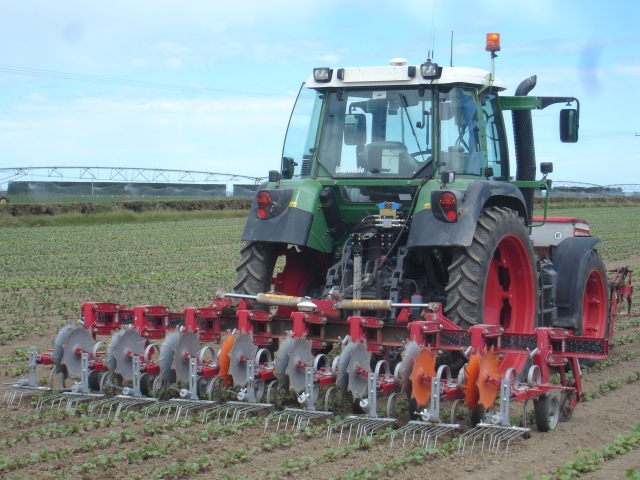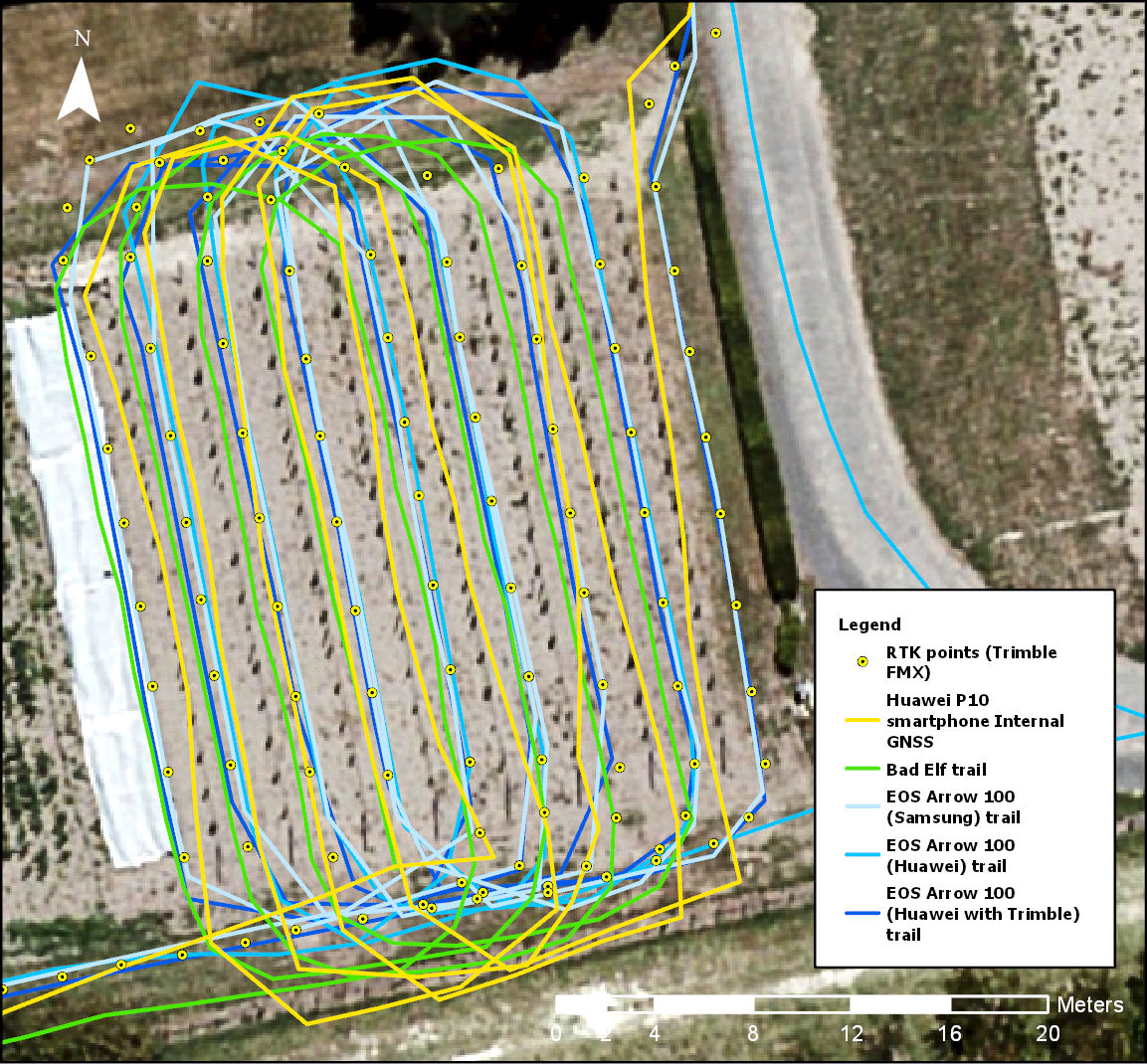June 2019
We’re not quite sure what to call the job: science manager, extensionist, project manager, consultant? We know it offers diverse activities and needs excellent communication skills and practical knowledge of horticulture and technology. For the right person, this is a role with considerable potential to grow.
At Page Bloomer Associates we care about sustainable land and water management. We are looking for someone to help identify and lead research projects and extension activities across a variety of issues and regions.
Since the dawn of the new millennium, we’ve been providing progressive, pragmatic and independent services through projects and consultancy. A key feature of our work is close collaboration with end users, researchers and developers. We talk about “linking thinking from the farm out”.
Our clients are both private and public including individual farmers, levy bodies, industry, research organisations and local and central government. We are proud to power LandWISE Inc, providing management and project services and running their annual conference.
If you have passion for smarter farming, a background in research and extension, and want a key role in a small dedicated organisation, we’d like to chat with you!




